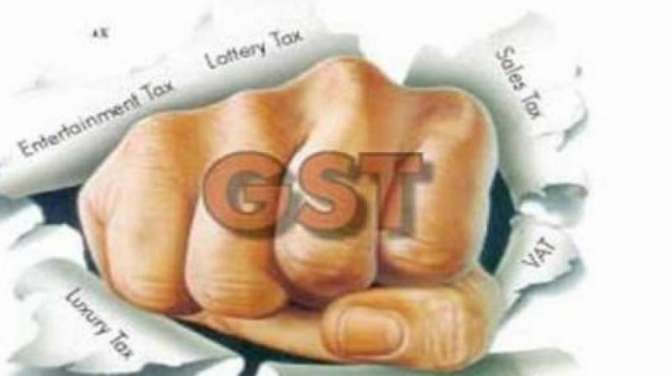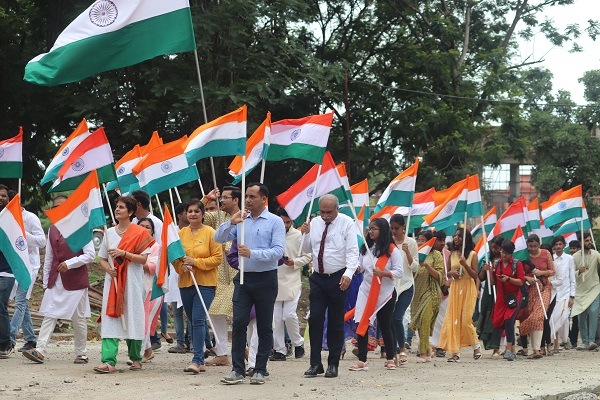- In 1995 over 200 of the world landfills were full.
- Each person throws away approximately 4 pounds of garbage per day.
- Approximately 5 million tons of oil produced in the world each year ends up in the ocean.
- Every ton of paper that is recycled saves 17 trees, 2 barrels of oil, 4100 kilowatts of energy, and 3.2 cubic yards of landfill space and 60 pounds of air pollution.
- 14 billion pounds of trash is dumped into the ocean every year.
- 84% of all household waste can be recycled.
- More than 1/3rd of all the energy is used by people at home.
- Most families throw away 88 pounds of plastic every year.
- The Great Pacific Garbage Patch is a swirling vortex of waste and debris in the Pacific Ocean. This area is twice the size of the continental US and is believed to hold almost 100 million tons of garbage.
- The human population has grown more in the last 50 years than it had grown in the previous 4 million years.
- One in every four mammals is at risk of extinction- 78% of marine mammals are threatened by accidental deaths such as getting caught up in fishing nets intended for other species.
- At least 50 million acres of rainforest are lost every year, totaling an area the size of England, Wales and Scotland combined.
- Average temperatures will increase by as much as 12 degrees Fahrenheit by the end of the 21st century if greenhouse gas emissions continue to rise at current pace.
- Only 11% of the Earth’s surface is used to grow food.
- If every newspaper was recycled, we could have saved about 250000000 trees each year. Unfortunately only 27% of all American newspapers are recycled.
- By using renewable energy sources to provide your daily energy needs we can decrease CO2 emissions with 20000 pounds less of carbon dioxide each year, including 50 pounds of nitrogen oxide less and 70 pounds of less sulfur dioxide omitted into our atmosphere.
- According to National Academy of Sciences there are 27 oil spills every day somewhere in the waters of the worlds.
- One billion people in the world have no clean water.
- Two billion people have inadequate sanitation.
- One and a half billion people (mostly in large industrialized cities) breathe air that is dangerous or unhealthy.
- Whole countries are on the verge of famine.
- Some believe that environmental concerns is the business of rich countries which cause most of the pollution and that it will become an issue only when the underdeveloped countries reach the levels of production and consumption of the industrialized nations.
- The second argument is that the environmental conservation is diverting attention from the problems of the poor. They would prefer development of the poor at the cost of environmental conservation. But they again forget that the poor would get the worst of everything including the harmful effects of pollution due to industrialization and urbanization. The Bhopal gas tragedy was an eye opener in this regard where thousands of poorest of poor people died, they were worst affected by impure drinking water, insanitary living conditions, disease and so on.
- The third argument is the age Old Testament which points that population pressure leads to environmental degradation. It needs to be clear that it is not the poor deprived of resources responsible alone or the population which can be blamed upon.
- Article 48A states that –“The State shall endeavor to protect and improve the environment and to safeguard the forest and wildlife of the country”.
- Article 51 states that-“It shall be the duty of every citizen of India to protect and improve the natural environment including forests, lakes, rivers and wildlife, and to have compassion for living creatures”.
You might like reading:

One Country… One Tax!
One Country… One Tax! There are three things that are difficult to understand in the entire universe. First two are Women, Duckworth louis’ system in Cricket and the third being GST. Before marriage, we give money to mother, father, brothers, sisters and friends. The condition will be different after marriage where we give our money only to our wife (GST). […]

76th Independence Day, 2022 at IIM Bodh Gaya
IIM Bodh Gaya celebrated the 76th Independence Day with enthusiasm and grandeur. In line with ‘Azadi Ka Amrit Mahotsav’, which is an initiative of the Government of India to celebrate and commemorate 75 years of independence and the glorious history of it’s people, culture and achievements, the Institute held many engaging activities that involved students, staff, and faculty members.The celebrations […]































